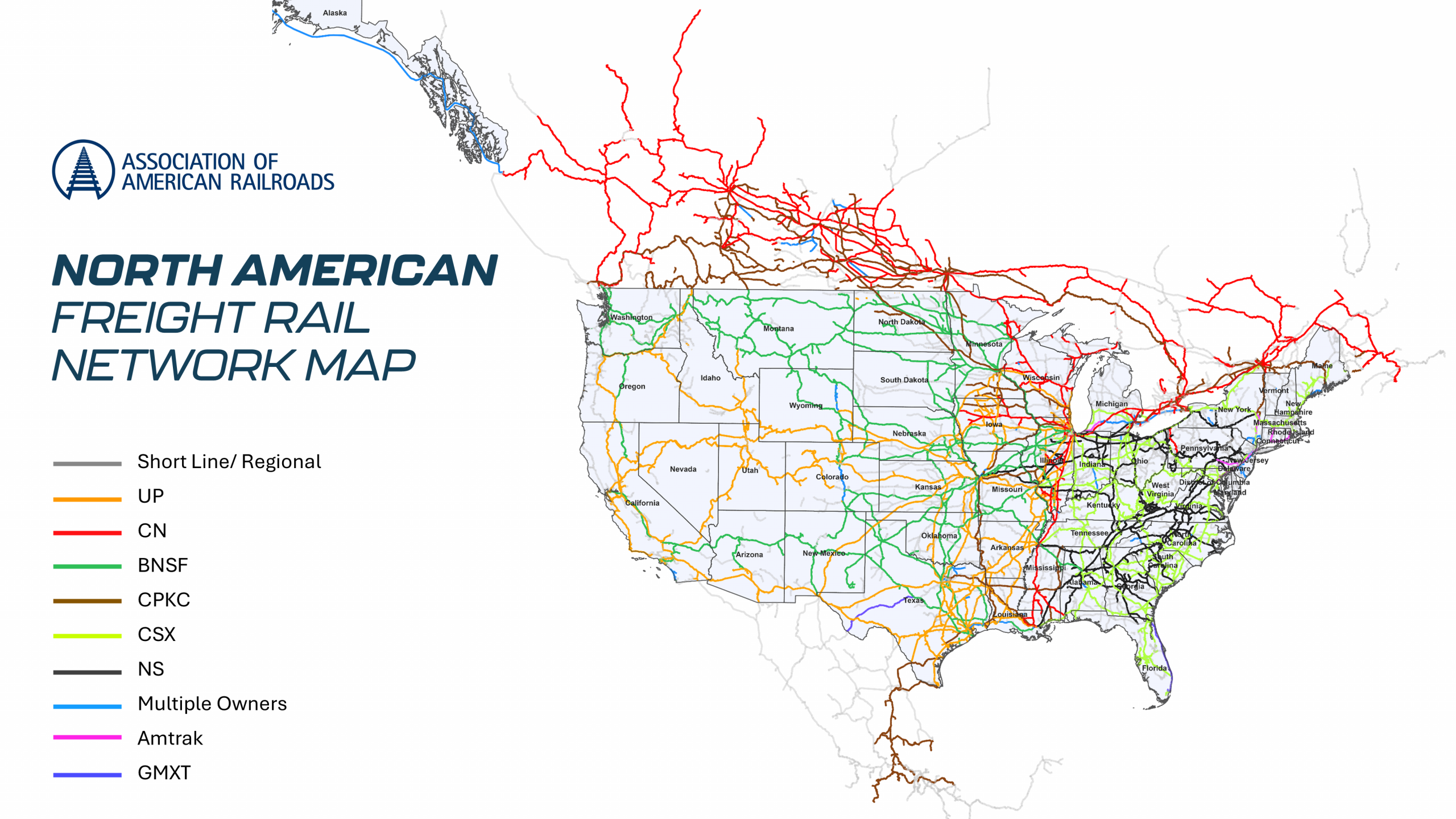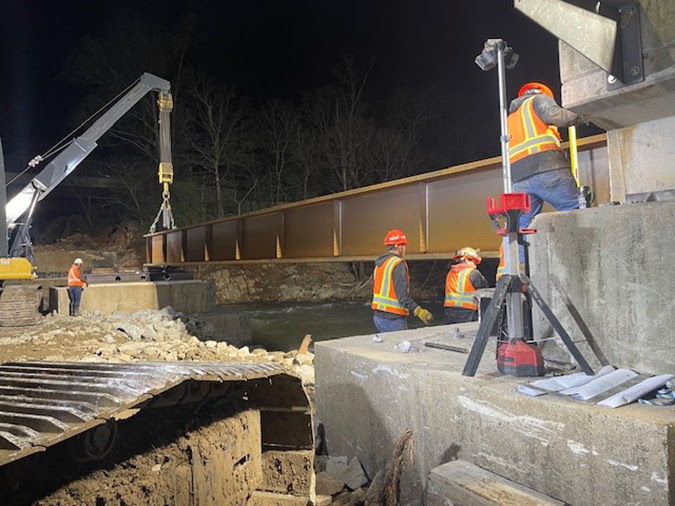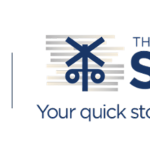NERD OUT! – The Signal – 5/6/25

Transforming ideas into technologies.
The rail industry’s premier research event just wrapped up in Pueblo, Colorado. The 30th Annual AAR Research Review brought together technical experts, Class I and short line railroad leaders, and global suppliers to explore the latest results from AAR’s Strategic Research Initiatives (SRI) Program.

For nearly a century, the industry has collaborated on research through AAR—evolving from the Chicago Technical Center to today’s SRI Program, funded by AAR member railroads and led by MxV Rail. This work turns bold ideas into practical solutions that improve safety, reliability, and sustainability across the freight rail network.
Here are a few real-world examples of research driving results.
(Being rail nerds ourselves, The Signal editors use that word in the most respectful way!)

SRI-funded research helped develop and validate wayside detection systems—such as wheel impact load detectors (WILD), acoustic bearing detectors, and truck performance detectors. These technologies monitor railcars in motion to identify defects or potential failures before they cause accidents. Based on this research, railroads now routinely deploy these detectors across their networks, significantly improving preventive maintenance and fleet safety.

The Program’s long-term testing at the FAST® loop provided critical data on how track components—such as ties, fasteners, ballast, and rail—perform under heavy axle loads (HAL). This research led to material standards and maintenance practices now widely adopted by freight railroads to extend track life and optimize performance under heavier loads.

Program studies on rail steel metallurgy and welding techniques have driven the adoption of improved materials and joining methods, increasing rail life and reducing breakage. These findings support procurement decisions and maintenance strategies that directly impact cost savings and track reliability.

Research on soil stability, embankment monitoring, and real-time geotechnical instrumentation has led to tools and guidelines that help railroads identify and mitigate risks from landslides, washouts, and ground subsidence. This is especially critical in regions prone to extreme weather, supporting infrastructure resilience and safety.

The Program has advanced machine vision, AI-powered inspection systems, and predictive maintenance algorithms—enabling railroads to transition from relying only on manual inspections to including data-driven, real-time monitoring. These tools are now being rolled out for brake systems, wheelsets, draft systems, and track geometry, reducing costs and increasing uptime.

AAR routinely uses Program findings to develop and update the Manual of Standards and Recommended Practices (MSRP). These standards guide nearly every technical aspect of freight railcars and are essential for regulatory compliance, interoperability, and safe operations across railroads.
EXPERT INSIGHT ON FRA WAIVER PROCESS
Experts at the Alliance for Innovation and Infrastructure (Aii) are calling for urgent reform of the Federal Railroad Administration’s (FRA) waiver process, highlighting how outdated and inconsistent rules are stifling innovation and delaying safety improvements.
In their new report, Driving Regulatory Innovation for Safer Railroading, Aii critiques the current system—some of which relies on regulations over 50 years old—for failing to accommodate proven technologies like Automated Track Inspection (ATI).
They recommend a shift to a transparent, performance-based, and data-driven model, with reforms to reduce political interference, streamline approvals, and regularly review legacy regulations. Aii urges lawmakers to prioritize these changes in the 2026 Surface Transportation Reauthorization.

NEW RESOURCES
Our updated states page includes new individual state maps as well as railroad representative contacts.

INDUSTRY READS
Land Line
National Association of County Engineers opposes increase to truck weight
FreightWaves
Look to short-haul freight as an economic bellwether
RailwayAge
Parallel Systems to Launch First Commercial Pilot
Trains
U.S. railroads may benefit from some changes to proposed port fees on Chinese ships
Forbes
Keep Federal Preemption Of Railroad Regulation On Track (Opinion)




